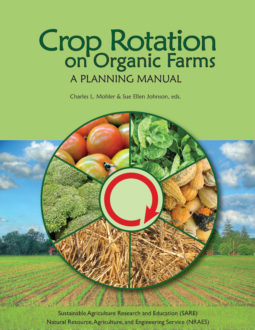Designing a successful strategy for trap cropping requires a sophisticated understanding of the pest insect: its host plant preferences, pattern of movement, and timing of infestation and reproduction. One strategy that has recently proved successful for several species is perimeter trap cropping. This method is used for pest species that move into a field from the edges, have strong preferences for particular species or varieties of hosts, and generally require several months to a year for reproduction. The trap crop, which is strongly preferred to the main crop, is planted all around the main crop, like walls of a fortress. The pest, arriving in the field from the edges, encounters the trap crop first and stops, staying along the edge of the field. The trap crop may be sprayed with an insecticide or flamed to kill the pest before it moves to the main crop. This strategy is currently used to manage pepper maggot on bell peppers, with hot cherry peppers as the trap crop. It is also used to manage cucumber beetles and squash vine borers on yellow summer squash, with blue Hubbard squash as the trap crop. Research into various combinations of mustard family crops for trap cropping of flea beetles and diamondback moth is under way (8).
“For the intercrop to increase the numbers of beneficial insects, it should provide the beneficials with an important resource.”
